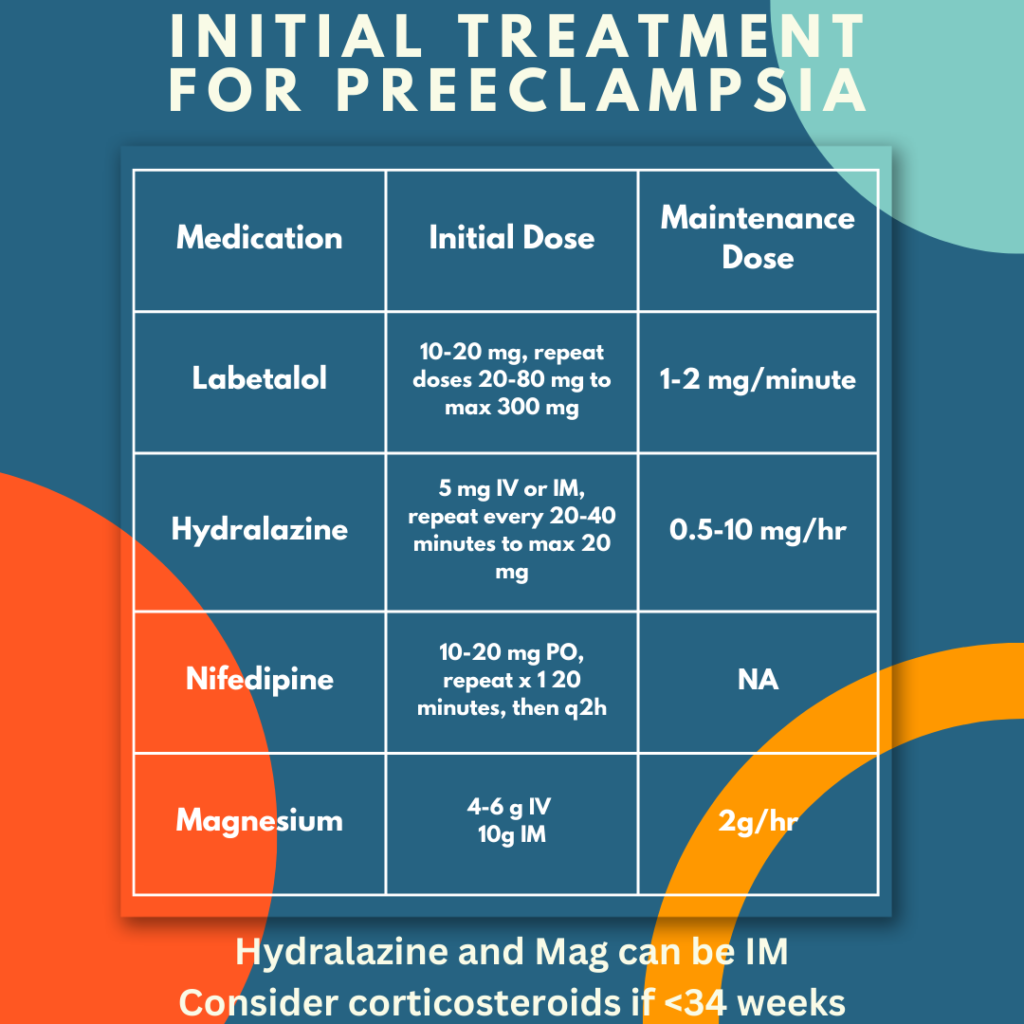Case: A 63 y.o. female with PMH of migraines and chiari malformation presents with headache. Patient reports that for the past 10 days, she has had a right-sided migraine that she describes as similar in quality to her prior migraines but longer-lasting. However, at 2 PM yesterday, she experienced an acute worsening of the severity of her headache – additionally, the pain became bilateral and occipital at this time. The patient reports dizziness, nausea, and photophobia, and her husband states that the patient has been slower to respond to questions for the past day. Denies vomiting, visual changes, or fever.
Vitals: BP: 133/90 | Pulse: 71 | Temp: 98.1F | Respiratory Rate: 18 | SpO2: 99%
Exam: Neuro exam is non-focal. Patient appears tired, but responds to questions appropriately.
Clinical Course: Patient is given Tylenol, 10 mg IV Compazine, and 1 L lactated ringers with significant improvement in symptoms. Given change in headache quality from prior migraines and acute worsening of headache, CT Head without contrast ordered.
CT revealed a large hemorrhagic neoplasm in the right frontal region with associated mass effect and 1.2 cm leftward midline shift resulting in obstructive hydrocephalus. Patient subsequently noted to be increasingly somnolent compared to initial presentation. Neurosurgery was consulted who recommended decadron, Keppra for seizure prophylaxis, and admission to the ICU.
Headache Pearls: The majority of headaches are due to primary headaches such as tension headache, migraine, or cluster headache. However, as 18% of patients with chief complaint of headache may be experiencing a secondary headache disorder. Many of these secondary headaches represent life-threatening emergencies such as intracranial bleeding or CNS infection. The SNOOP mnemonic is a helpful tool for remembering “red flag” headache symptoms to identify headache patients who warrant further imaging/laboratory work-up in the ED. Additionally, improvement in symptoms with medication does not decrease the likelihood of a secondary headache disorder.
Systemic: Systemic signs or conditions such as fever, weight loss, immunocompromised, HIV, cancer
Neuro: Neurologic findings including mental status changes, vision changes, seizure, confusion, or focal neuro findings on exam
Onset: Onset that is acute with progression to worst severity within minutes
Older: Older patient (50 y.o. or older) with new headache or a progressive headache
Previous: No history of previous headaches, or in a patient with history of headaches, a change in severity/symptoms/location from prior headaches
Pregnancy: Headache in pregnant or post-partum patient
References:
Ashenburg Nick, Marcolini Evadne, Hine Jason. Approach to Headache. In: Mattu A and Swadron S, ed. CorePendium. Burbank, CA: CorePendium, LLC. https://www.emrap.org/corependium/chapter/rec8eRzSrPsVUiMuV/Approach-to-Headache#h.pq7xksb5a2qy. Updated October 8, 2022. Accessed December 22, 2023.
Dodick DW. Clinical clues and clinical rules: primary vs secondary headache. Adv Stud Med 2003;3:87–92.
Do TP, Remmers A, Schytz HW, et al. Red and orange flags for secondary headaches in clinical practice: SNNOOP10 list. Neurology. 2019;92(3):134-144. doi:10.1212/WNL.0000000000006697









